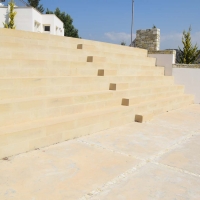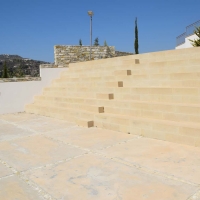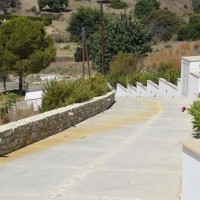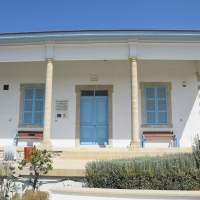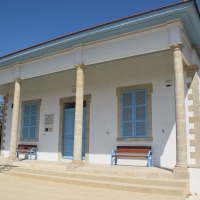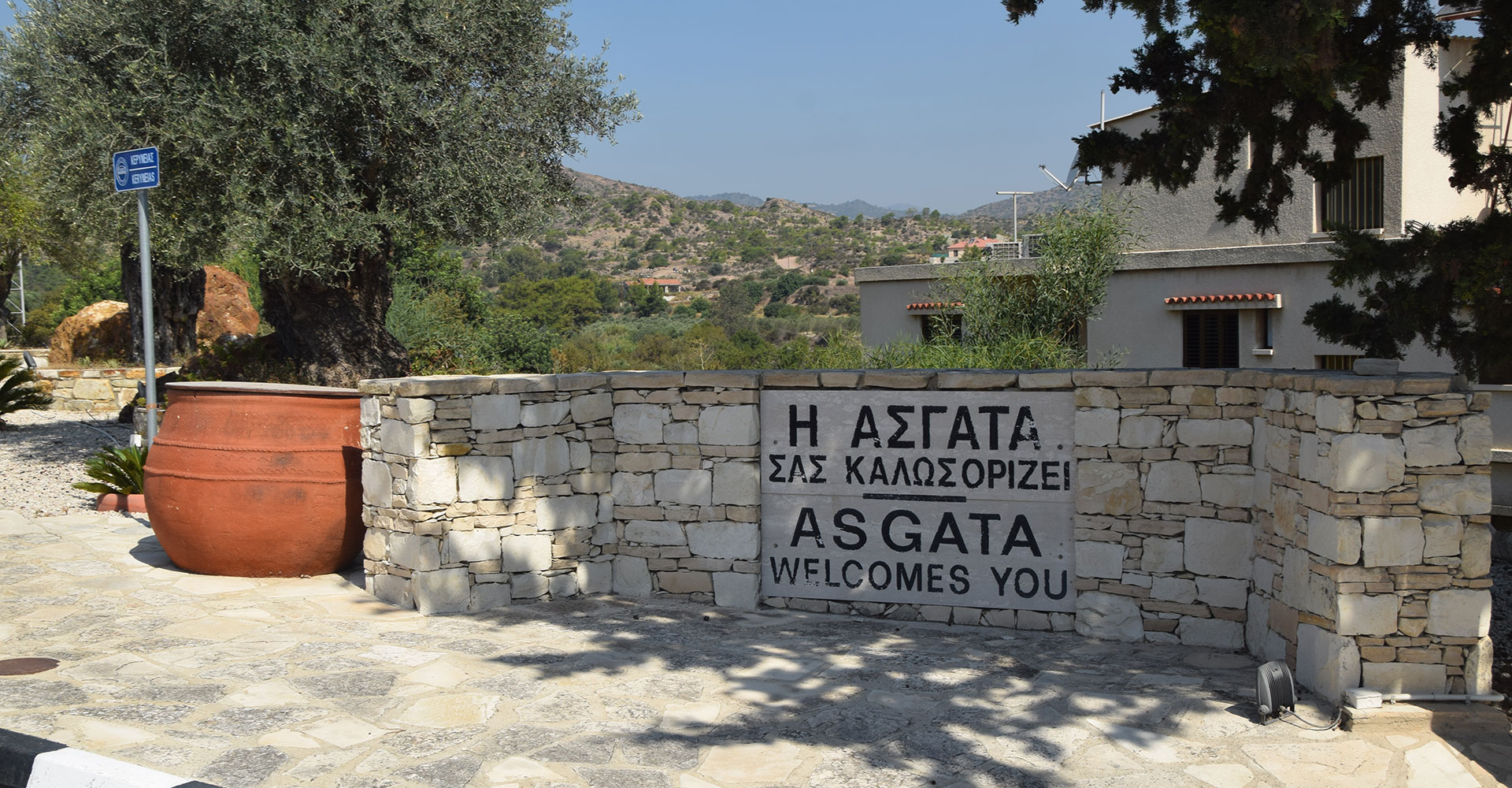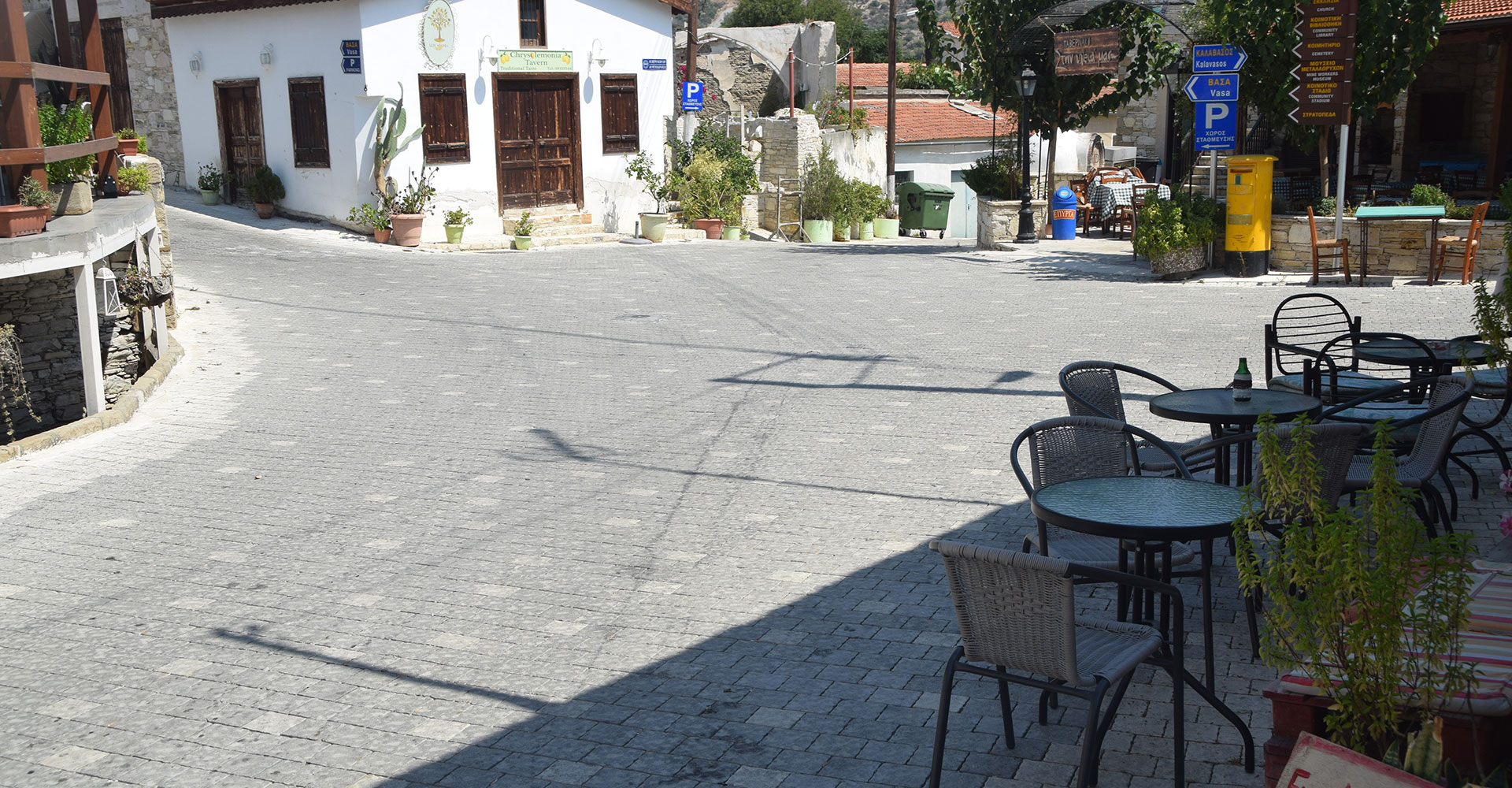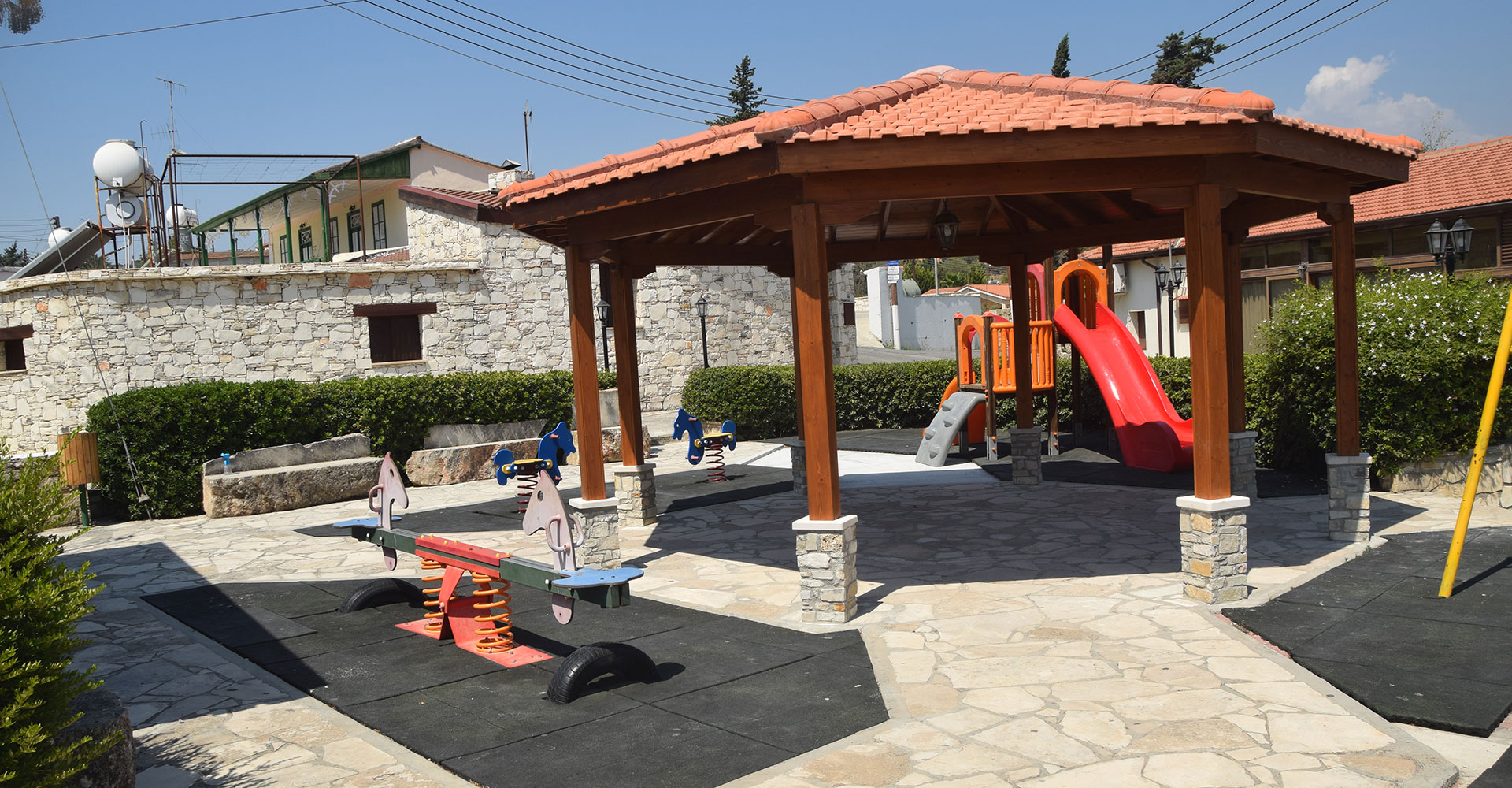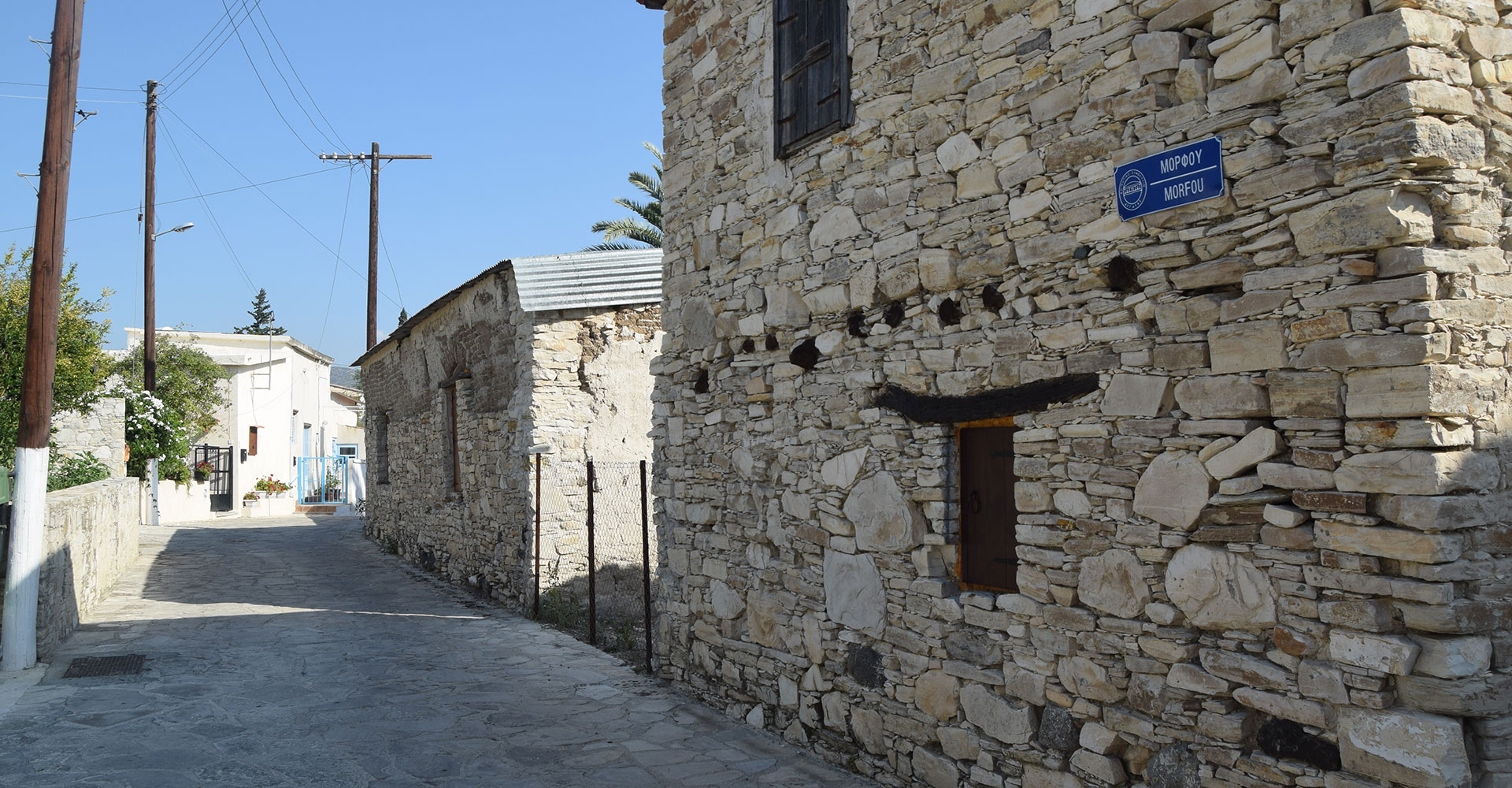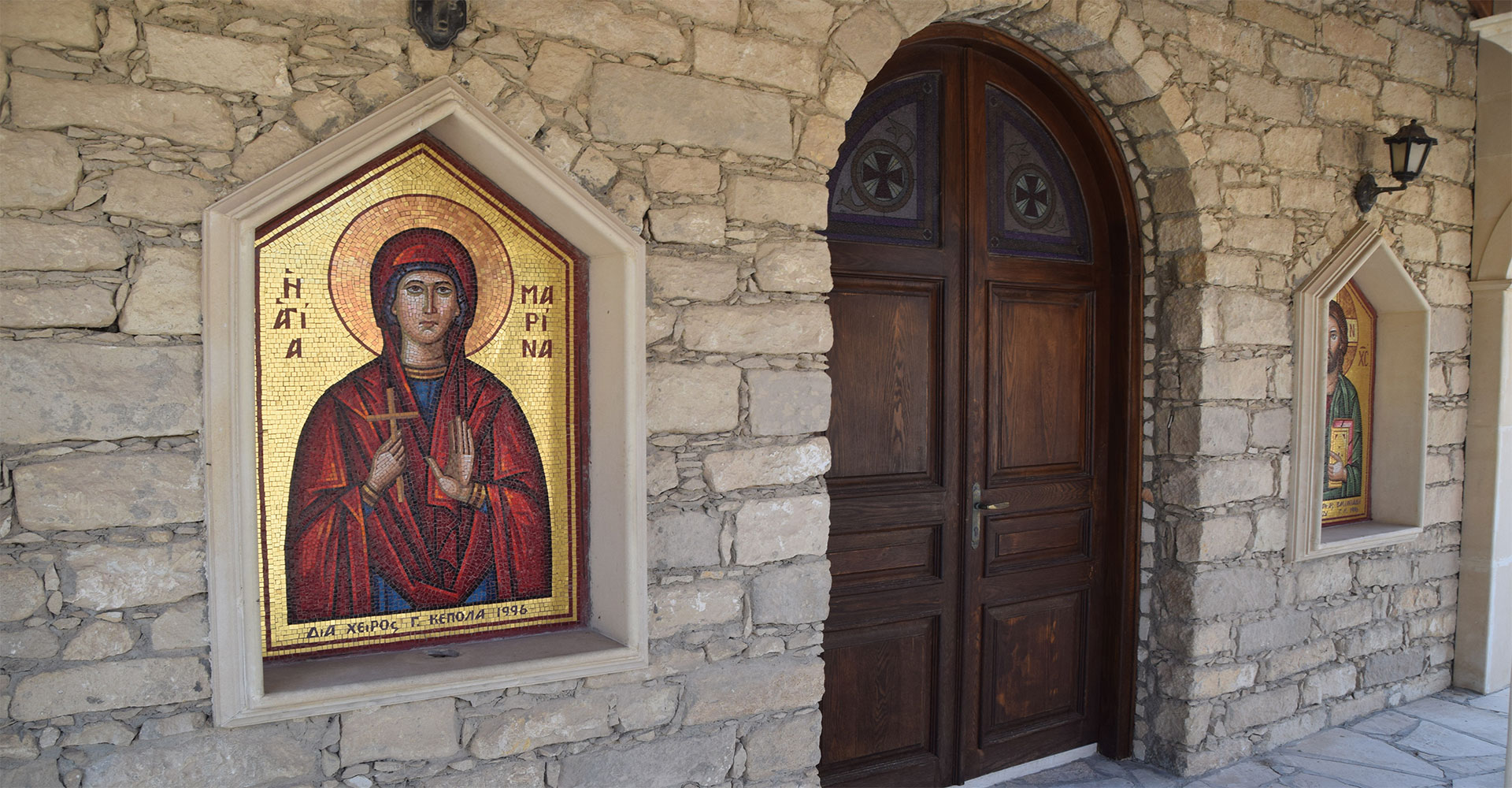History of Education
Pericles Michaelides, in his book “Basic Topography of the island of Cyprus” published at the beginning of the 20th century mentions that there was a school at the village in 1887, without however offering any further information. What is certain is that a school operated at the village long before this date and this is based on the available list of teachers who taught there since 1840.
Until 1876 there used to be a school in the area of “Kato Geitonia” which was housed in a building owned by the church. In 1876, along with the construction of the church a school hall was also built in the northwest side of the church forecourt. This building was converted into an olive mill in 1890 and then, in 1954 into a catechetical school using funds donated by brothers Costas and Pavlos Pyrros. Finally, it was demolished in 1980 and replaced by the monument dedicated to the hero of the community Georgios Katsaris.
In 1890 the school was housed in a larger building which was also owned by the church and located on the high street, right across the church. After 1930 this building operated as a Reading Club for several years and then housed the local agricultural Union PEK, thus constituting the centre of cultural activity in the village. In 1956 Costas Pyrros created the first part of the children’s playground and in 1958 he bought this building along with others and demolished them in order to expand the children’s playground and to create the square and the community library.
The school located on the hill known by the naming “Pampoulin tis Deisis” operated in 1922. It was the first community school building and it was built on land which had been donated by the community president at the time Demosthenis Philis. This building, which was also known as the “upper school” operated as a boys’ school, while the old building, the one across the church operated as a girls’ school.
In 1930 another school building was built south of the village, at the location “kampies”. The new building housed the girls’ school and became known as the “lower school”. The division of the schools into a Boys’ School and a Girls’ School was maintained until the middle of the 30s and next, the “upper school” was attended by students of the 1st, 5th and 6th Form, while the “lower school” was attended by students of the 2nd, 3rd and 4th Form.
In 1961 the “lower school (Kato Scholeio)” was demolished and a new school building offering a lot of amenities was built in its place. The new school had two classrooms, a principal’s office, a kitchen and restrooms, while a third classroom was added in 1967.
The construction of the kindergarten next to the primary school buildings was completed in 2014.
As of the beginning of the year 2000 the school has been operating as a regional school of Asgata, Vasa and Sanida.
Source: Antonis Kavazis “Asgata – History and Memories”
Primary school
The new school buildings were constructed in 1961, featuring a lot of conveniences. The catechetical classroom was first used as a temporary school classroom until the new school buildings were completed. The new premises included two classrooms, a head teacher’s office, a kitchen with a storage room, lavatories, a big yard and a garden. A third classroom was added in 1967, while in the 1990s, when the number of students started increasing again, the premises were expanded even more. For the past few years the school has been operating as a Regional School catering to the needs of Asgata, Vasa and Sanida. It is staffed by four primary school teachers and a kindergarten teacher, with an outlook of being expanded even more in the following years.
For further information, please here.
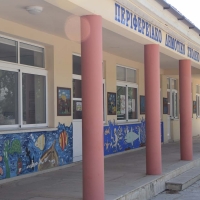
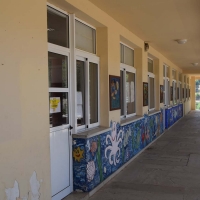
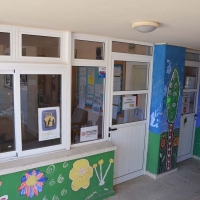
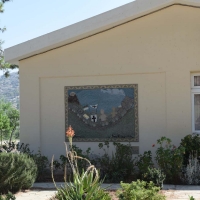
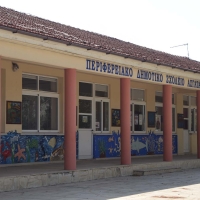
Kindergarten
The construction of the kindergarten was completed in January 2014 and this is adjacent to the primary school buildings. The kindergarten had been temporarily housed in the health centre’s premises built in 1994. The building replaced an old residence which used to accommodate the teachers of the village.
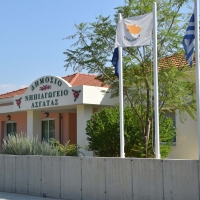
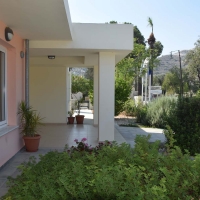
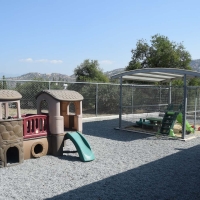
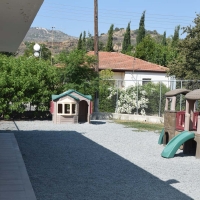
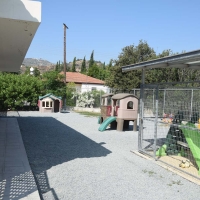
Old Primary School
Pericles Michaelides mentions that there was a school in the village back in 1887, without providing any further information. However, there must have been a school in the village a lot before this year and it is certain that a school operated in Kato Geitonia, in a building belonging to the church, until 1876. This building was later used as a carob storage room. In 1876, along with the big church a school was also built in the northwestern corner of the church court (this school was later converted to an olive mill and was operated as an olive mill by the church until 1953. In 1954-1955 the building was renovated after brothers Costas and Pavlos Pyrrou covered the cost and it operated as a catechetical school until it was demolished in 1980.
Later on, in around 1930, another building was added south of the village, at the location of the present schools. The new building housed forms Two, Three and Four, while this building became known as the “Kato Scholeio”.
Today, the school features three classrooms, a head master’s office, a kitchen with a storage room, lavatories, a big yard and a garden. Between 1960 and 1970 the school operated with three teachers, then with two and for some time with just one teacher.
